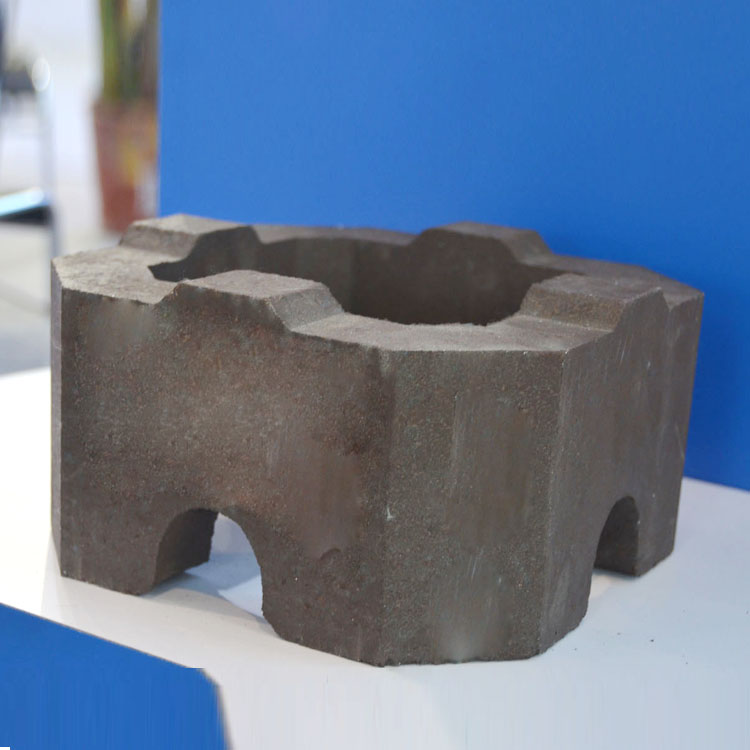
In the high - temperature industrial field, such as steelmaking, non - ferrous metal smelting, and cement production, refractory materials play a crucial role. These industries often operate at extremely high temperatures, sometimes exceeding 1500°C, which poses great challenges to the performance of refractory materials. The materials need to have excellent heat resistance, corrosion resistance, and mechanical strength to ensure the normal operation of high - temperature equipment and the quality of products. Among various refractory materials, ordinary magnesia - chrome bricks have gradually attracted attention due to their unique properties.

The main raw materials of ordinary magnesia - chrome bricks are magnesite and chrome ore. Magnesite is rich in magnesium oxide (MgO), which endows the bricks with high melting point and good heat - resistance. Chrome ore contains chromium oxide (Cr₂O₃), which can improve the corrosion resistance of the bricks. During the manufacturing process, the raw materials are first crushed and ground into fine powder. Then, they are mixed in a certain proportion, usually with a MgO content of about 70% - 80% and a Cr₂O₃ content of about 10% - 20%. After that, the mixture is pressed into the desired shape under high pressure, and finally fired at a high temperature of about 1600 - 1700°C to form dense and hard magnesia - chrome bricks.
Let's take a look at the performance differences between the two through some data and comparison experiments:
| Performance Indicators | Ordinary Magnesia - chrome Bricks | Magnesium Bricks |
|---|---|---|
| Refractoriness | Above 1790°C | About 1750 - 1800°C |
| Corrosion Resistance | Good resistance to acidic and alkaline slags, especially in high - temperature environments | Good resistance to alkaline slags, but relatively weak against acidic slags |
| Thermal Shock Resistance | Can withstand about 10 - 15 times of rapid temperature changes from room temperature to 1100°C | Can withstand about 5 - 10 times of rapid temperature changes from room temperature to 1100°C |
In a large - scale steelmaking plant, the use of ordinary magnesia - chrome bricks in the lining of the steel converter has achieved remarkable results. The converter operates at a high temperature of about 1600 - 1700°C, and the molten steel and slag have strong corrosiveness. After using ordinary magnesia - chrome bricks, the service life of the converter lining has been extended from about 2000 heats to more than 3000 heats, which greatly reduces the maintenance frequency and production cost. In addition, in a non - ferrous metal smelting enterprise, the application of ordinary magnesia - chrome bricks in the smelting furnace also shows excellent performance. The bricks can effectively resist the corrosion of various metal slags and high - temperature gases, ensuring the stable operation of the smelting process.
.jpg)
To sum up, ordinary magnesia - chrome bricks have obvious advantages in high - temperature industries. They have higher refractoriness, better corrosion resistance, and stronger thermal shock resistance compared with magnesium bricks. Their long service life and stable performance can effectively reduce production costs and improve production efficiency. If you are in the cognitive stage of choosing high - temperature refractory materials, we sincerely invite you to further understand ordinary magnesia - chrome bricks and try using them in your production process. We believe that they will bring you unexpected results.
.jpg)

